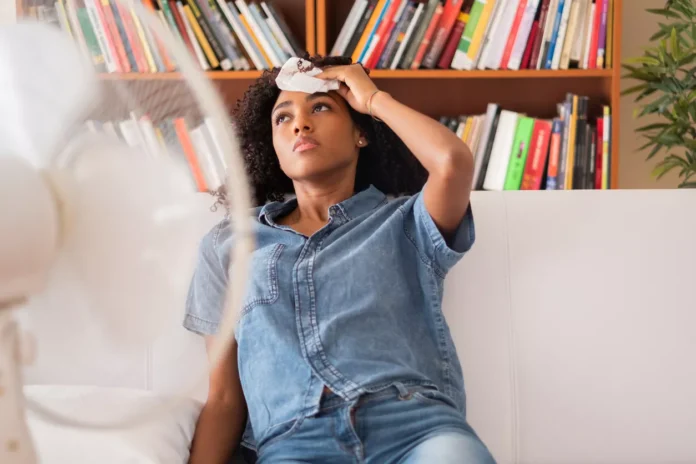Do you ever find yourself constantly adjusting the thermostat in your home because some rooms are too hot while others feel like an icebox? Uneven cooling is a common issue faced by homeowners across the US and can lead to discomfort and higher energy bills.
In this blog post, we’ll explore four reasons behind uneven cooling throughout your home.
After reading today’s blog post, you can click the following link to contact an HVAC company that can handle any air conditioner repairs that your unit needs.
Reasons For Uneven Cooling
There are several common reasons for uneven cooling throughout your home, including improper HVAC system size and installation, ductwork problems, blocked air vents, and poor insulation.
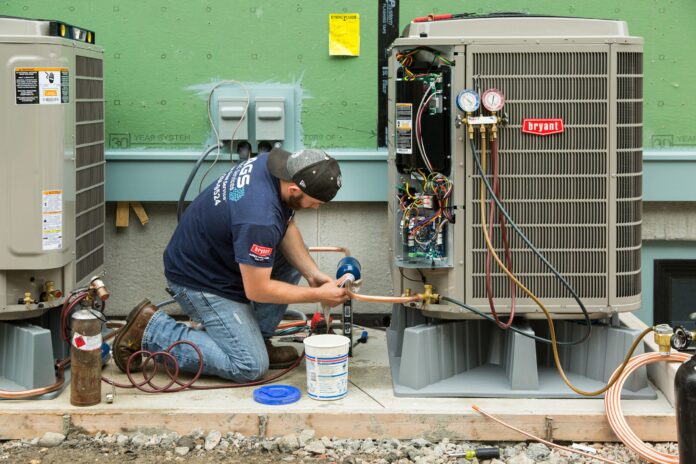
HVAC System Size And Installation
An improperly sized or poorly installed HVAC system is one common reason for uneven cooling in your home. A unit that is too small will struggle to maintain comfortable temperatures, while an oversized system may create inconsistent temperature zones throughout the house.
For example, imagine a two-story home with a central air conditioning system designed only for the ground floor space. The upper-level rooms would receive insufficient airflow, causing them to be uncomfortably warm during summer as the cool air cannot effectively circulate upwards.
On the other hand, a larger-than-necessary HVAC system might provide excessive cooling power for specific areas of your home as it quickly satisfies thermostat demands and shuts off before evenly distributing the conditioned air to all sections of your living space.
Ductwork Problems
One of the common reasons for uneven cooling throughout your home is ductwork problems. Ducts play a crucial role in distributing cool air evenly to every room in your house.
Over time, ducts can accumulate dirt, dust, and debris that can create blockages or leaks. These blockages cause restricted airflow that leads to uneven cooling.
To fix these issues, homeowners may need to repair or replace their ductwork systems entirely. A professional HVAC technician can inspect your system and identify any underlying issues and provide appropriate recommendations.
Regular maintenance, like cleaning the air filters, could also help keep the ductwork clear and functioning correctly.
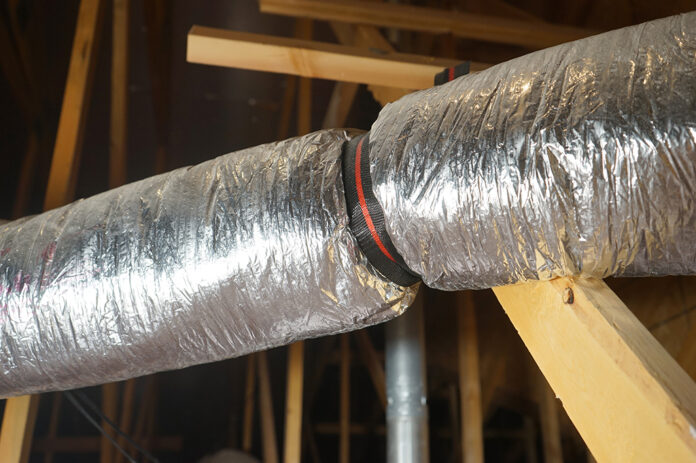
Blocked Air Vents
One of the most common reasons for uneven cooling in homes is blocked air vents. Air vents are an essential component of your HVAC system, and their purpose is to distribute air throughout your home evenly.
When they become blocked, it can cause some areas to receive less cool air than others, resulting in temperature imbalances.
To solve this issue, homeowners should ensure that all their air vents are open and free from any obstructions like furniture or curtains. They should also regularly clean and maintain them to prevent dust and debris buildup that could impede airflow.
Poor Insulation
Insulation is an integral part of maintaining even temperatures throughout your home. Without proper insulation, the cooled air might escape through the walls or ceiling before it reaches specific rooms. In turn, this will make certain areas of your home feel warmer than others.
One way to improve insulation is by adding extra layers in the attic and walls. This can help keep cool air inside during summer months and warm air inside during winter months.
Additionally, sealing gaps around doors and windows with caulk or weatherstripping can help prevent unwanted heat transfer between indoor and outdoor environments.
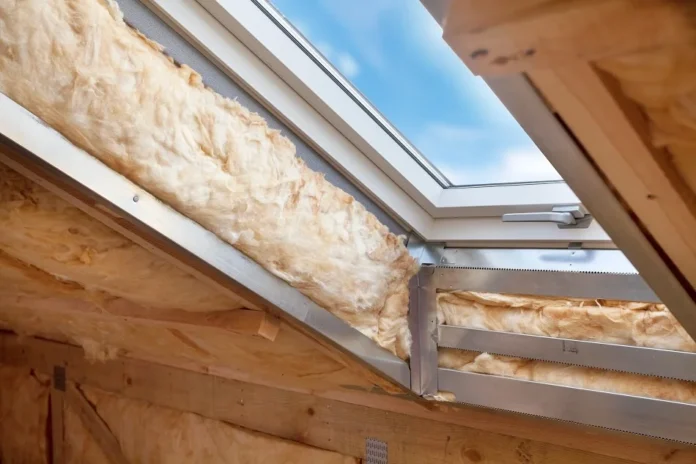
Climate variations in different areas of the home
It’s not uncommon for certain areas of a home to experience different temperatures due to factors such as sun exposure, room location, or insulation variances. To mitigate this, you can use window treatments such as blinds or curtains to block sunlight and reduce heat gain. Additionally, adjusting the thermostat settings or using fans strategically can help distribute cool air more evenly throughout different areas of your home.
High ceilings or vaulted spaces
Rooms with high ceilings or vaulted spaces often present challenges when it comes to cooling. Since hot air rises, the upper parts of the room tend to be warmer. To address this, consider installing ceiling fans to promote air circulation and create a cooling breeze. You can also install window film or shades to reduce solar heat gain in these areas.
External factors and environmental conditions
External factors like hot weather, strong sunlight, or nearby heat sources can impact the cooling efficiency of your home. To counter these factors, consider using reflective window films or installing awnings to block direct sunlight. Landscaping with trees or shrubs can provide shade and reduce heat absorption by your home. Additionally, minimizing heat-generating activities like using the oven or dryer during the hottest parts of the day can help maintain a more comfortable temperature indoors.
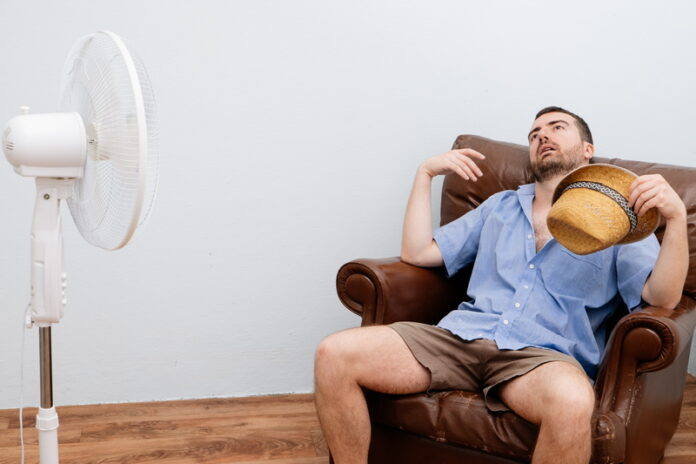
DIY fixes for uneven cooling
There are several DIY fixes you can try to improve cooling distribution in your home. First, ensure that all vents are open and unobstructed. Rearrange furniture or objects that may be blocking the airflow. You can also use vent deflectors or fans to redirect cool air to specific areas that need it the most. Another option is to use insulated duct sleeves or reflective barriers to prevent cooled air from warming up in uninsulated or poorly insulated ducts.
Conclusion
If you’ve been experiencing uneven cooling throughout your home, don’t worry!
It’s a common issue that can be solved with the right solutions. By identifying and addressing problems such as undersized HVAC systems, ductwork issues, blocked vents, or poor insulation, you can bring balance back to your temperature control.
Consider upgrading or repairing your HVAC system as well as clearing and cleaning air vents for optimal airflow and efficiency.

